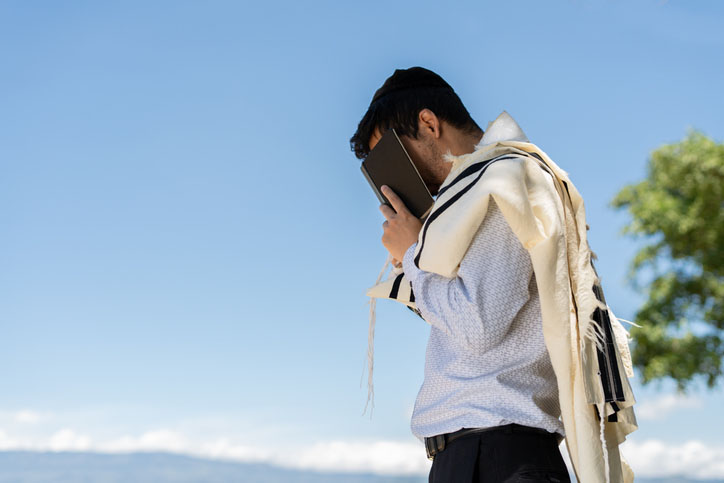
Eli Sharabi was abducted from his home in Kibbutz Be’eri on October 7th, and taken hostage by Hamas.
Sharabi had never recited the Shema. Until he was in Gaza.
Even though he was never a religious man, the Shema gave Eli enormous comfort; and he repeated it over and over again, as if it were a mantra. For 491 days, the Shema gave Eli the strength to go on.
A skeptic might dismiss this as a mere act of desperation; after all, “there are no atheists in foxholes,” and who wouldn’t turn to prayer when their life is in danger? But that would be a mistake, a misunderstanding of what the Shema is. It is not a prayer; it simply says “Hear, O Israel: The Lord is our God, the Lord is one.” This is a declaration directed at the person saying it, not God. In the tunnels of Gaza, Sharabi wasn’t praying when he recited the Shema; he was turning inward and reconnecting with Judaism.
On a practical level, the Shema is repeated daily to keep us focused. The Sefer Hachinuch explains that “since man is a physical being, seduced by the vanities of the world and drawn by his desires, he certainly requires a constant reminder of the Kingdom of Heaven to guard him from sin.” The Shema is a twice-daily reminder to stick to our goals.
This might be a suitable explanation for the commandment to recite the Shema; but it fails to describe the role the Shema has played in Jewish life. In his commentary, Rabbi Samson Raphael Hirsch offers a much broader picture. He begins by explaining that the Book of Deuteronomy was written for when the Jews enter their independent Homeland; they would no longer be in a compact camp arranged around the sanctuary. Before they disperse throughout the country, they would need to build inner spiritual strength. And that is why the Shema is Moses’ first commandment. Hirsch writes:
The very first sentence of the compendium of laws recorded by Moses… to guide the people in their dispersal is the sentence that, to this very day, keeps alive the Jewish consciousness in every Jew, even if he finds himself in the most scattered isolation; the sentence that is the first learned by the Jewish child …. and the last that fellow Jews call out as a farewell greeting to the departing soul…
The Shema is the Jewish mission statement, and even more; it has become over the years a symbol of Jewish identity. Small children sing it before they go to sleep; the infirm recite it on their deathbed. With it, no Jew is ever alone.
It is a seal inscribed upon the Jewish heart.
The continuation of the Shema commands us to “Love the Lord your God with all your heart and with all your soul and with all your strength.” This love is a demanding one; it obligates Jews to sacrifice their lives rather than worship pagan idols.
Martyrs through the ages read the Shema as they were being put to death. In the medieval chronicle of Solomon bar Simson, he describes the scene when the martyrs “all accepted the divine decree wholeheartedly and, as they yielded up their souls to the Creator, cried out: ‘Hear, O Israel the Lord is our God, the Lord is One.’”
In their last moments, these martyrs said the Shema. And in doing so, they were emulating the great teacher of Israel, Rabbi Akiva.
The Talmud describes the scene of Rabbi Akiva’s death. The Romans had outlawed teaching Torah, but Rabbi Akiva defied them. The Romans arrest Rabbi Akiva, and execute him in the public square. The Talmud describes his last moments:
When they took Rabbi Akiva out to be executed, it was time for the recitation of Shema. And they were raking his flesh with iron combs, and he was reciting Shema, thereby accepting upon himself the yoke of Heaven. His students said to him: Our teacher, even now? He said to them: All my days I have been troubled by the verse: ‘With all your soul’, even if God takes your soul. I said to myself: How would it ever be possible for me to fulfill this verse? Now that I can, how can I not fulfill it?
What is puzzling about this passage is the students’ short question: “Even now?” What exactly do the students mean?
Eliezer Berkovits offered a powerful explanation of this passage. Rabbi Akiva had been abandoned by God. The students couldn’t understand how Rabbi Akiva still insisted, amid absolute agony, to do one last Mitzvah. They wonder: “Even now?” Will Rabbi Akiva use his last bit of strength to say Shema, even after he was abandoned by God?
Yes. “Even now,” Rabbi Akiva still loves God.
A look at Jewish history will show that the covenant between the Jews and God has been an uneven partnership. One could ask the Jewish people the same question Rabbi Akiva’s students posed: Even now? How is it that after everything, after persecution and oppression, after the Crusades, the Holocaust, and so much more, that the Jews still recite the Shema?
But Jews never stopped to consider this question. They just kept saying the Shema. Even in hospital beds, even in concentration camps, even in the tunnels of Gaza, they took the Shema with them.
Jewish identity is considered a knotty, complex subject by all the scholars who approach it. However, for simple Jews, the Shema tells the entire story of Jewish identity. It tells of a mission held by a group of iconoclasts, with an unending passion for a covenant that is difficult to bear, who created a tight-knit community that spans across the world and through the centuries.
And like Eli, the Shema calls to the Jewish soul.
In 1946, Rabbi Yitzhak Halevi Herzog, then the Chief Rabbi of Mandatory Palestine, traveled to Europe to find, and repatriate to their families, Jewish children who had been taken in by non-Jews during the Holocaust. Many were held in Catholic institutions; and Rabbi Herzog went to visit Pope Pius XII to discuss the issue. He told the Pope that “Each child is like one thousand children, following this great tragedy.” Sadly, Rabbi Herzog was disappointed by the Pope’s tepid response.
But Rabbi Herzog did find support in the church hierarchy, and he went to visit Catholic institutions across Europe to find Jewish children. There is a story told about this journey, which has been told about many other Rabbis as well; and while it has no certain source, it is almost certainly true. Here is one retelling of the story:
One day in 1946, Rabbi Herzog arrived at a large monastery which was known to have taken in Jewish children …The Rabbi turned to the Reverend Mother, thanking her for saving the lives of the children and requesting to receive them back to the Jewish People, now that the war was over. The nun was happy to agree, but asked the Rabbi, “How can you know which of the hundreds of children here at the monastery are Jewish?”
Rabbi Herzog assured the Reverend Mother that he would know. He asked to gather all of the children in a large hall, ascended the stage, and cried in a loud voice:
Sh’ma Yisrael Adonai Eloheinu Adonai Eḥad ! (Hear, O Israel: the Lord is our God, the Lord is One)
Immediately, dozens of children rushed to the stage, shouting “mama!” and “papa!” as tears filled their eyes. Many were sobbing uncontrollably. Though few of the children remembered much of their early lives, the sound of the Shema, the most famous prayer in the Jewish faith, instantly brought back memories of reciting these Hebrew words with their parents before bedtime.
These young children, cut off from the rest of the Jewish people, had almost forgotten they were Jews.
But they remembered the Shema. They remembered the melody of this love song, and were ready to return back to their people.
Just as Jews always have, wherever they are.
Rabbi Chaim Steinmetz is the Senior Rabbi of Congregation Kehilath Jeshurun in New York.

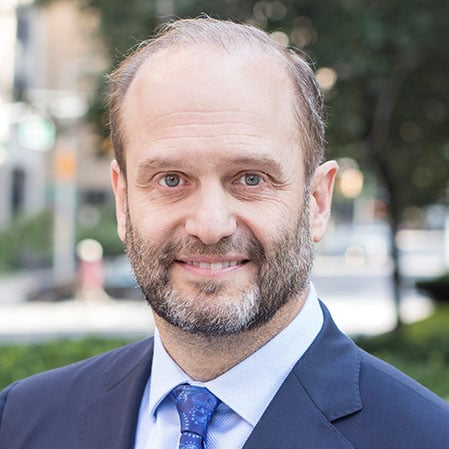
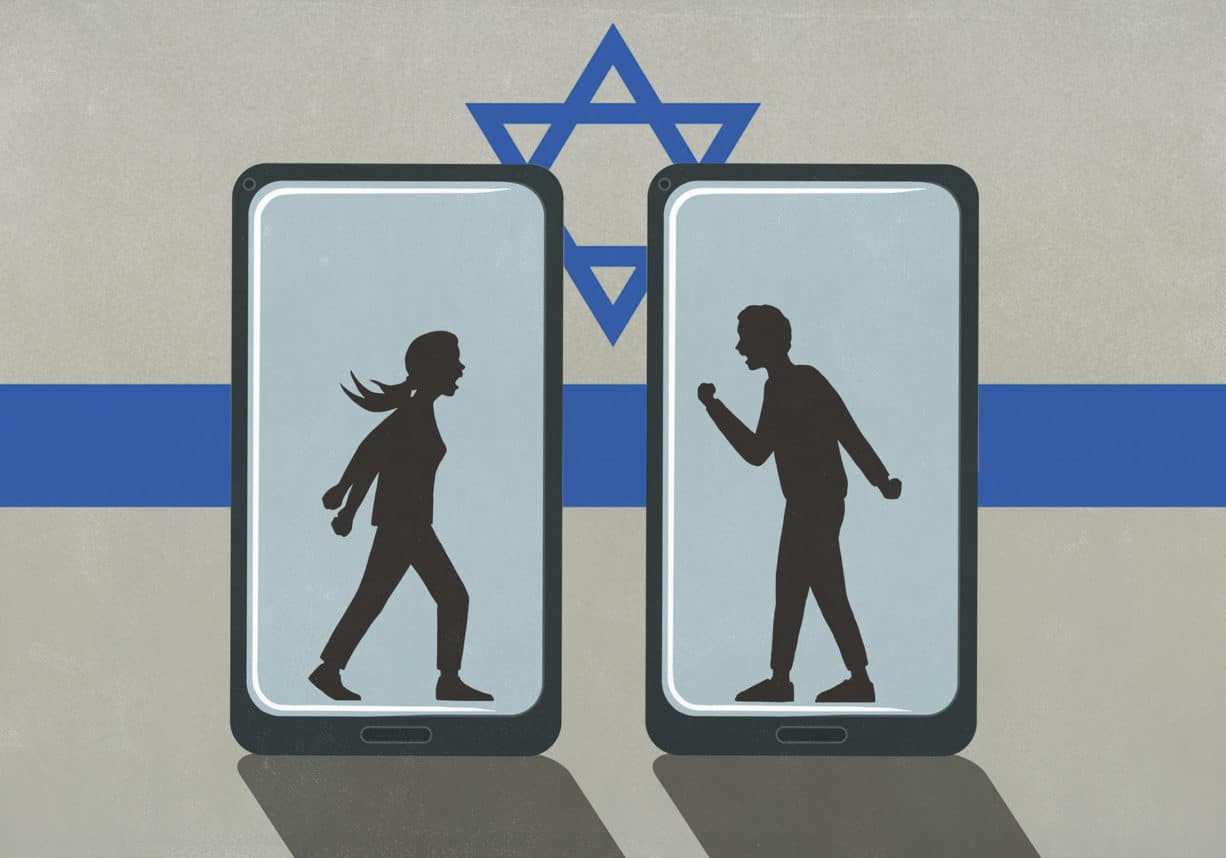


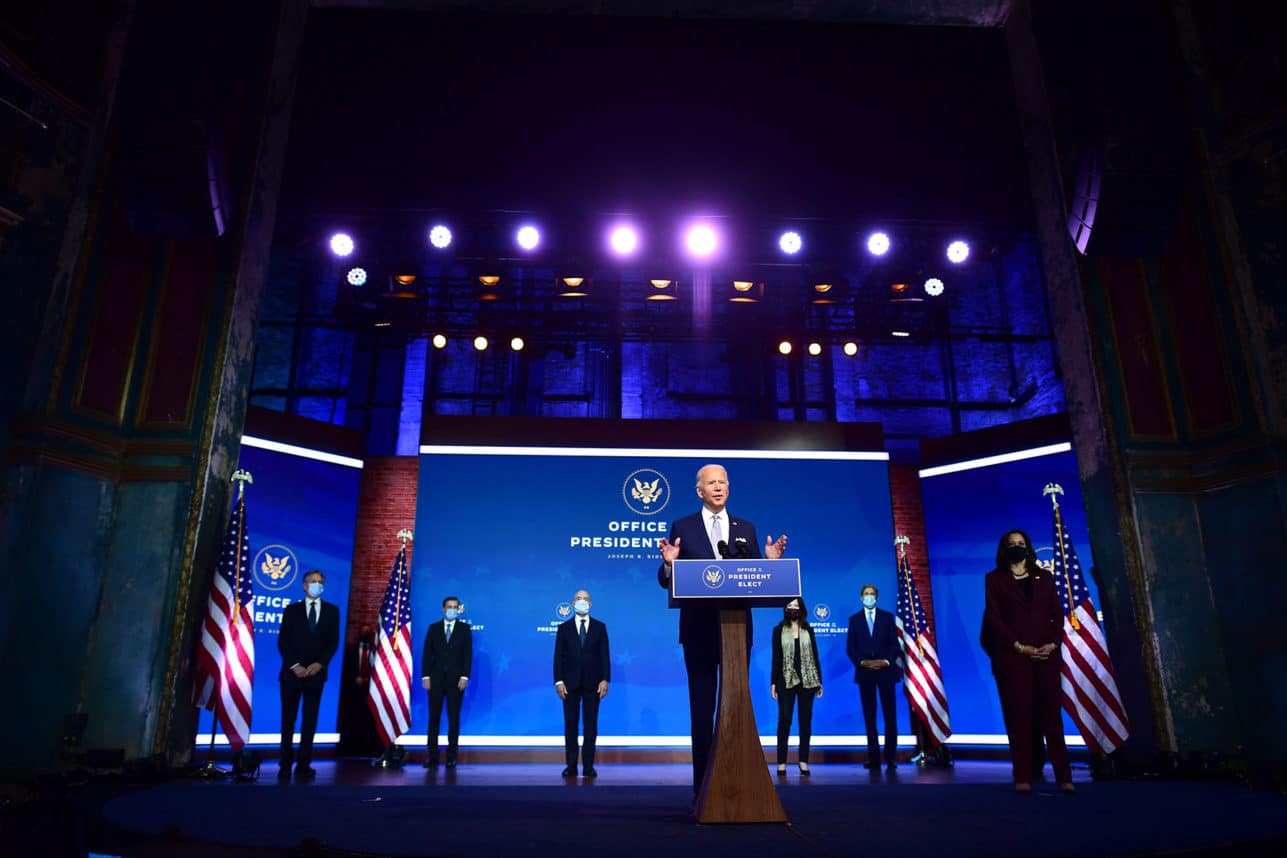




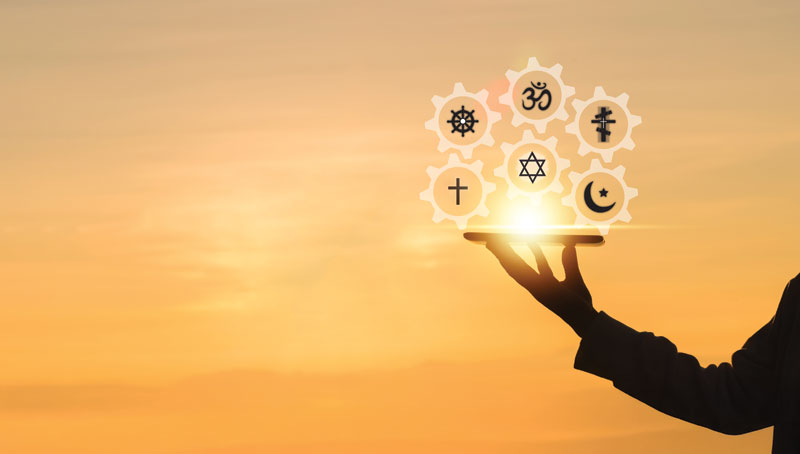
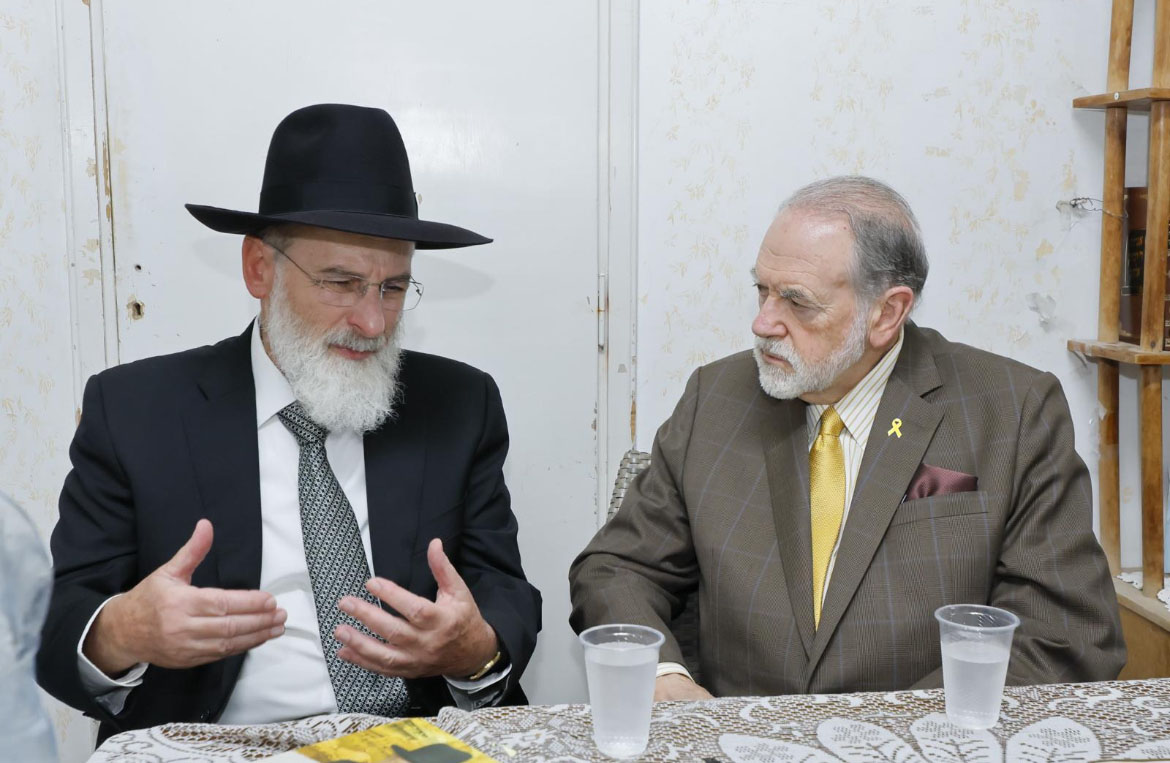

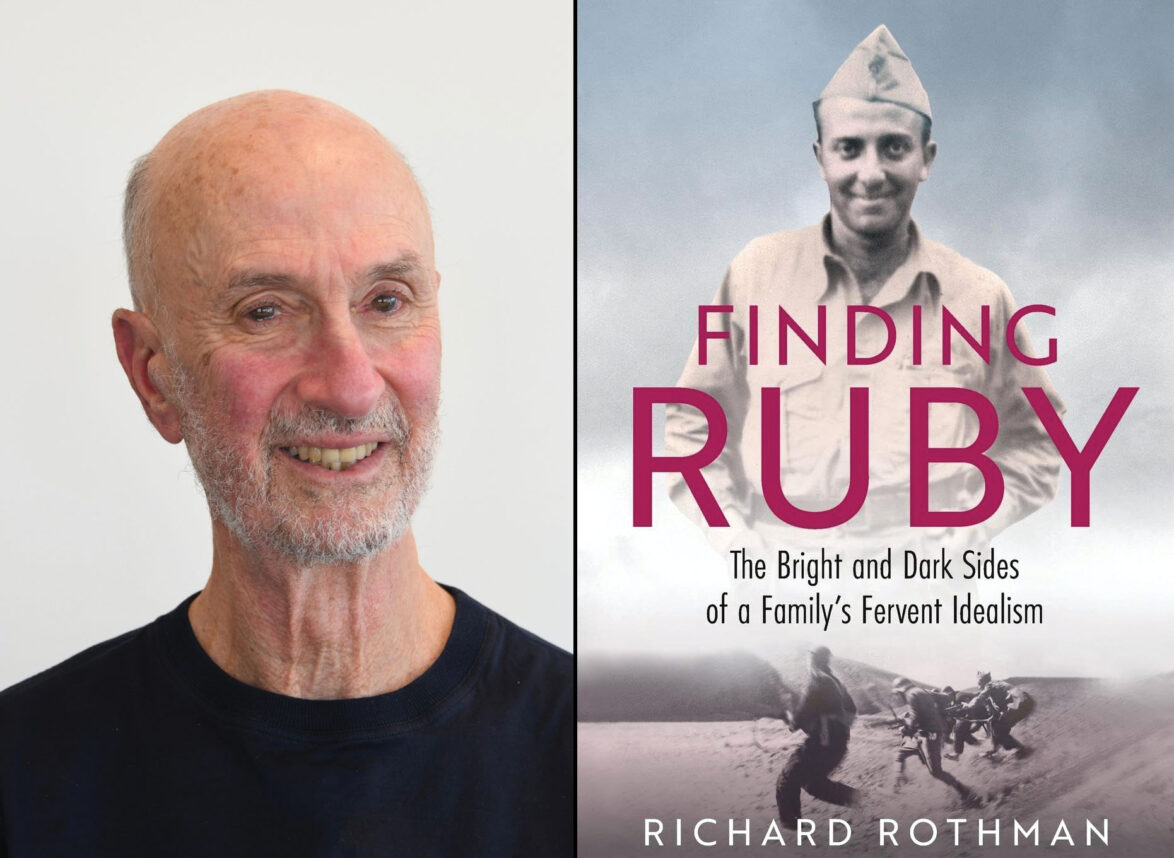
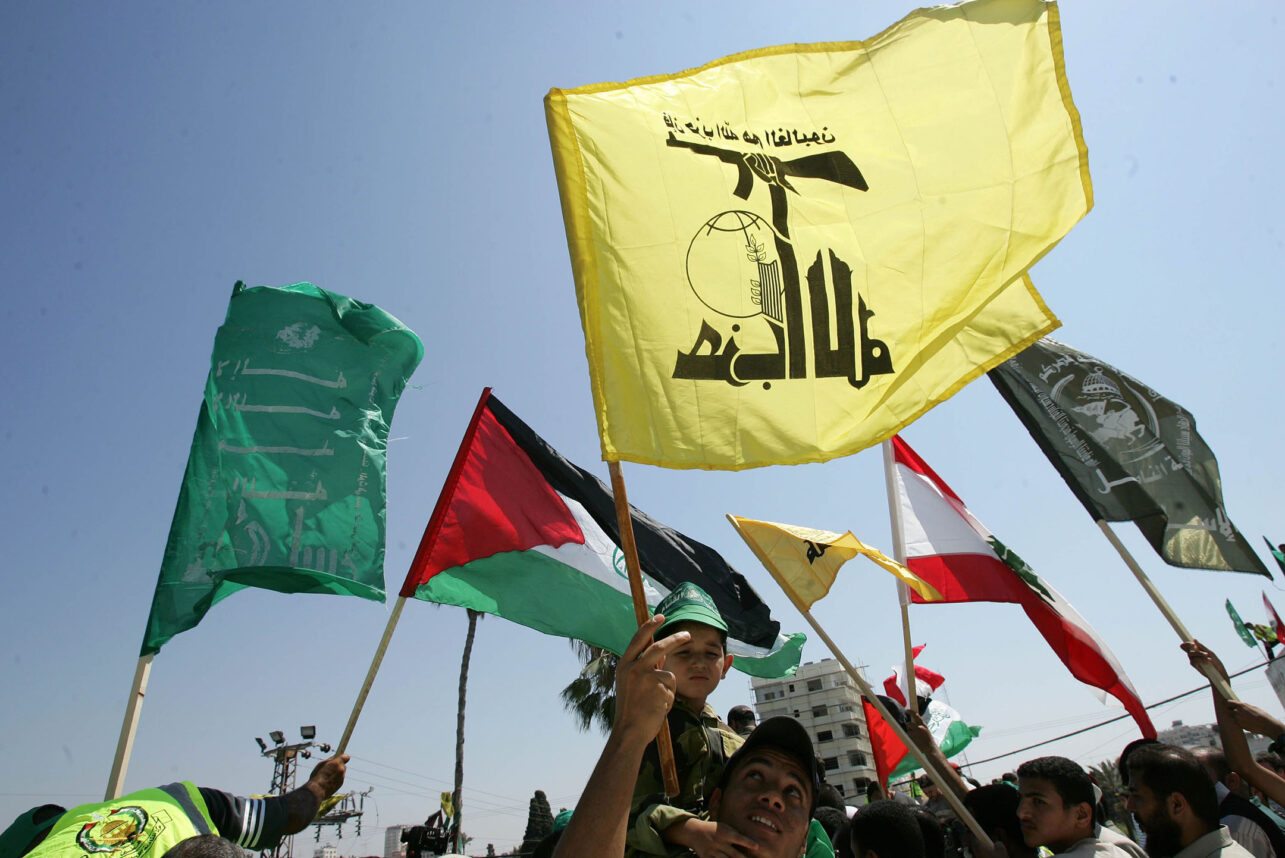

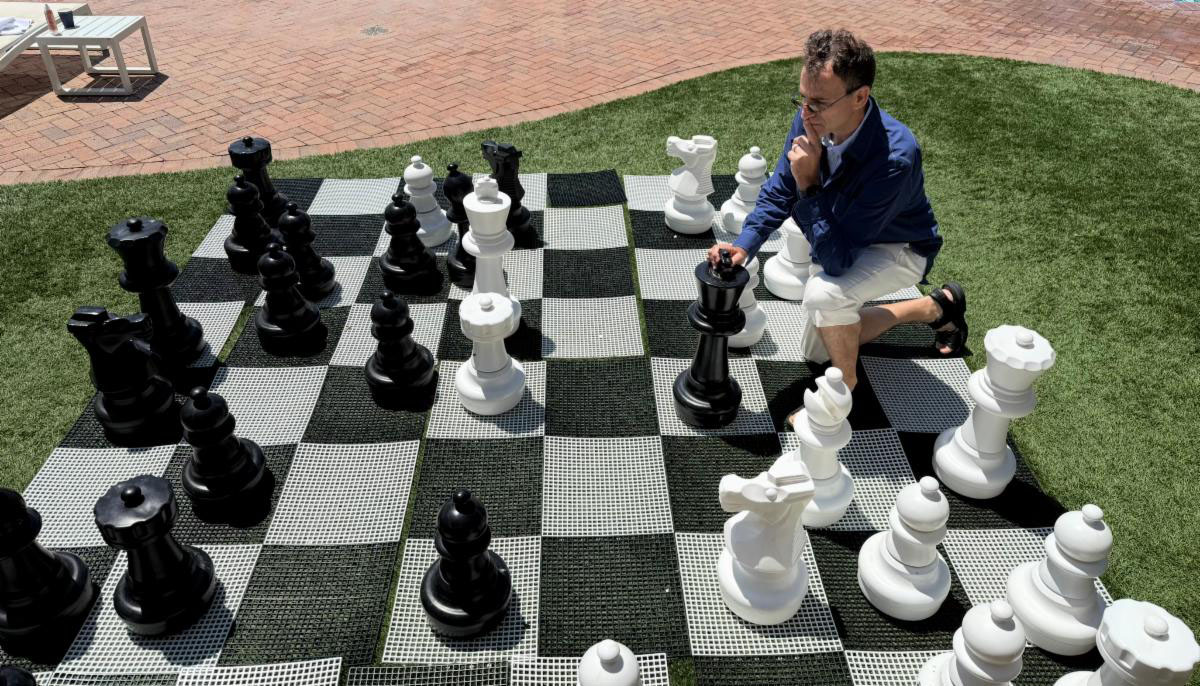

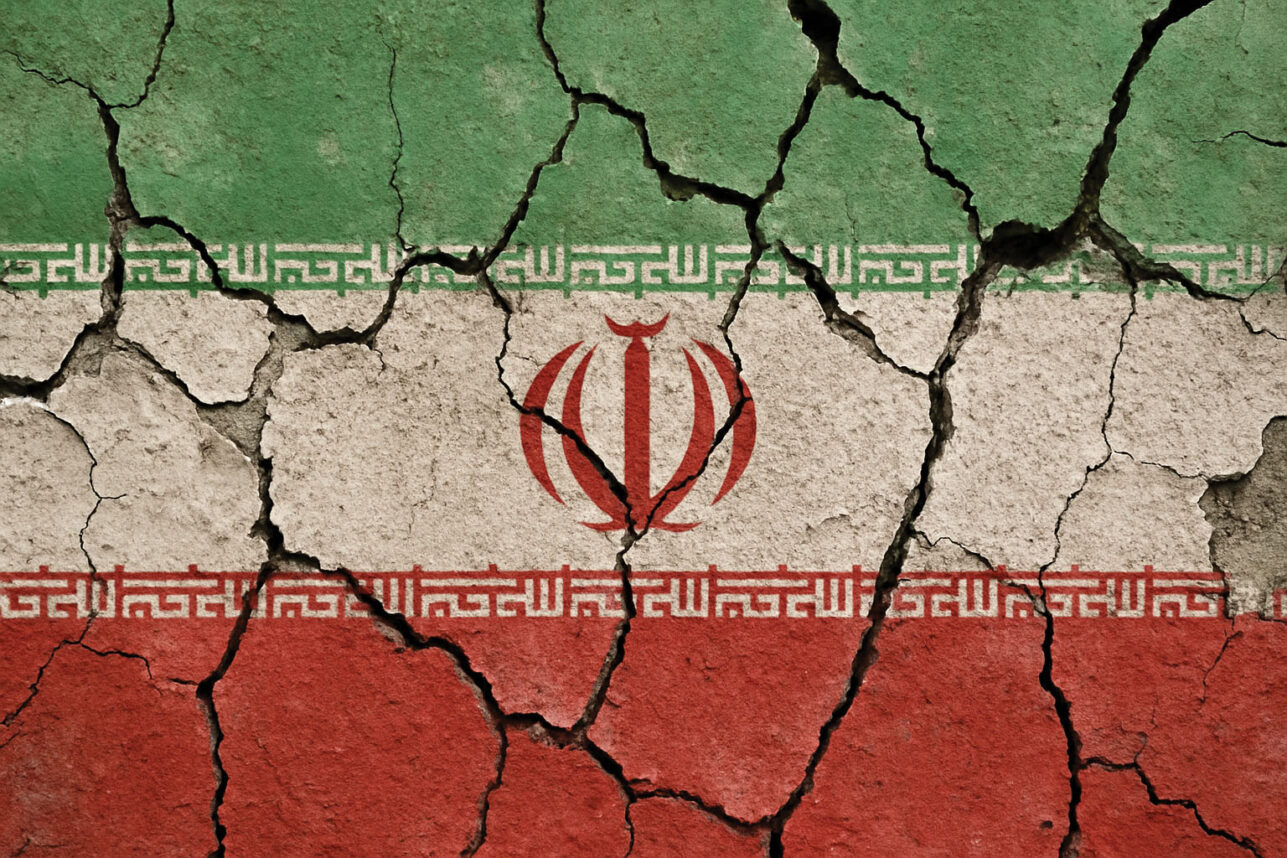
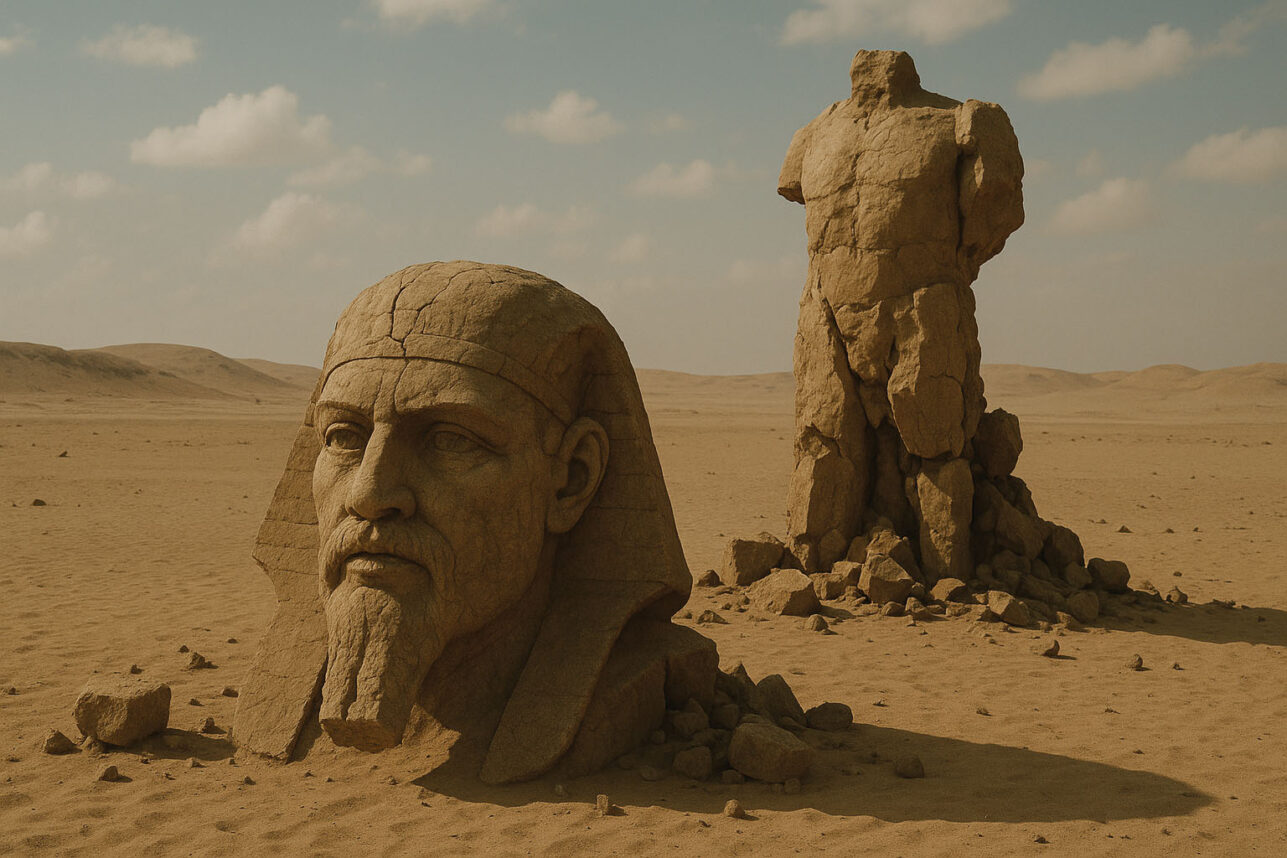

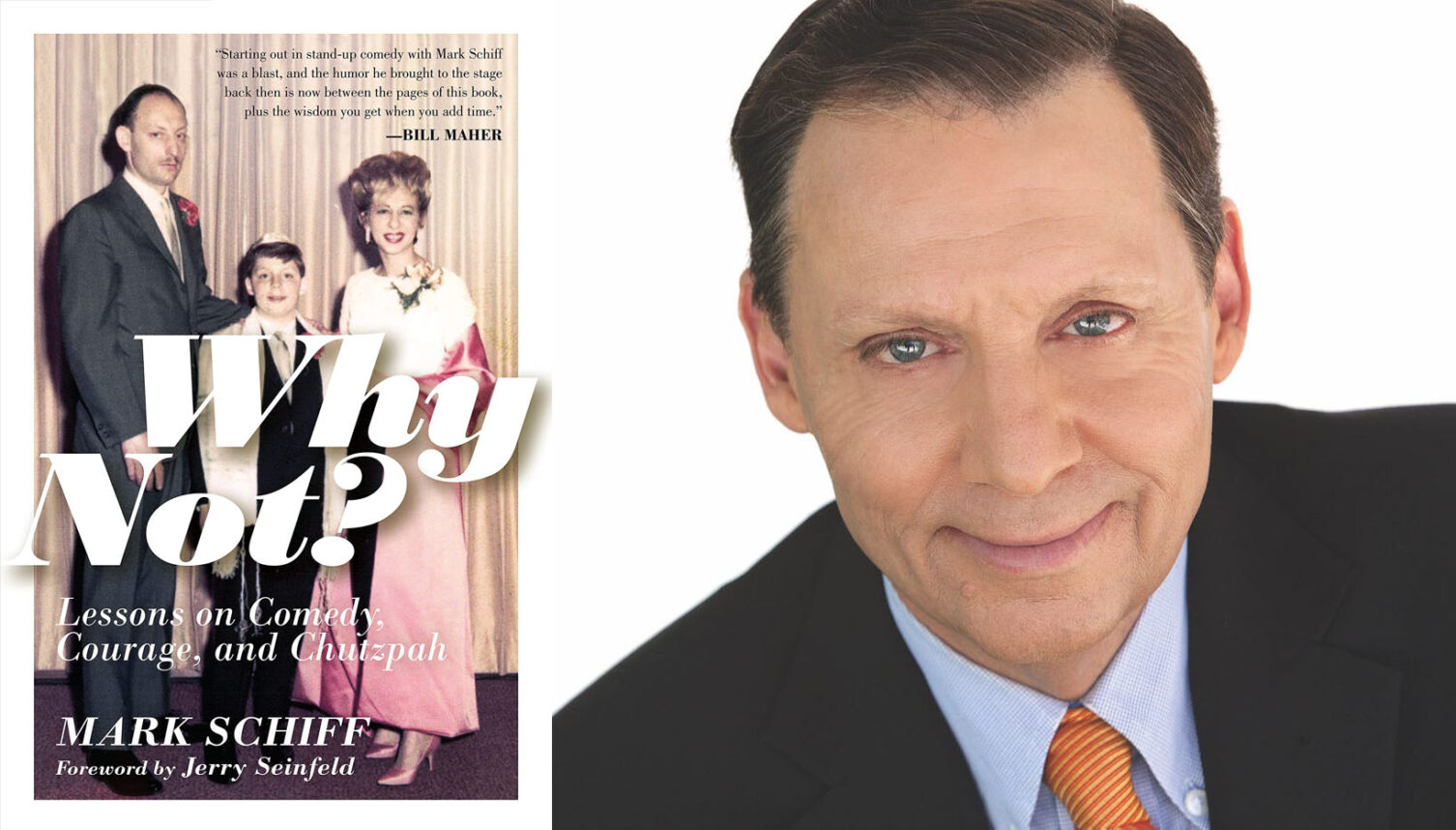
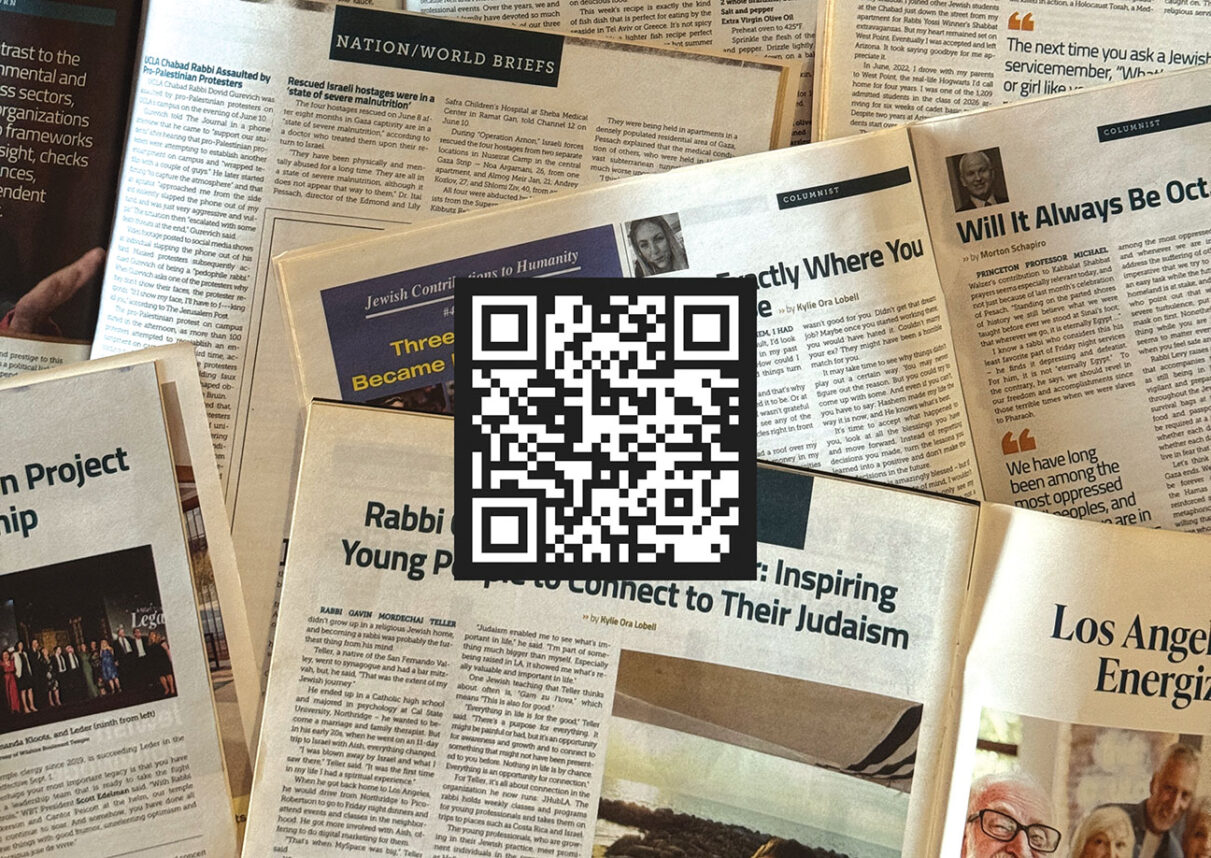
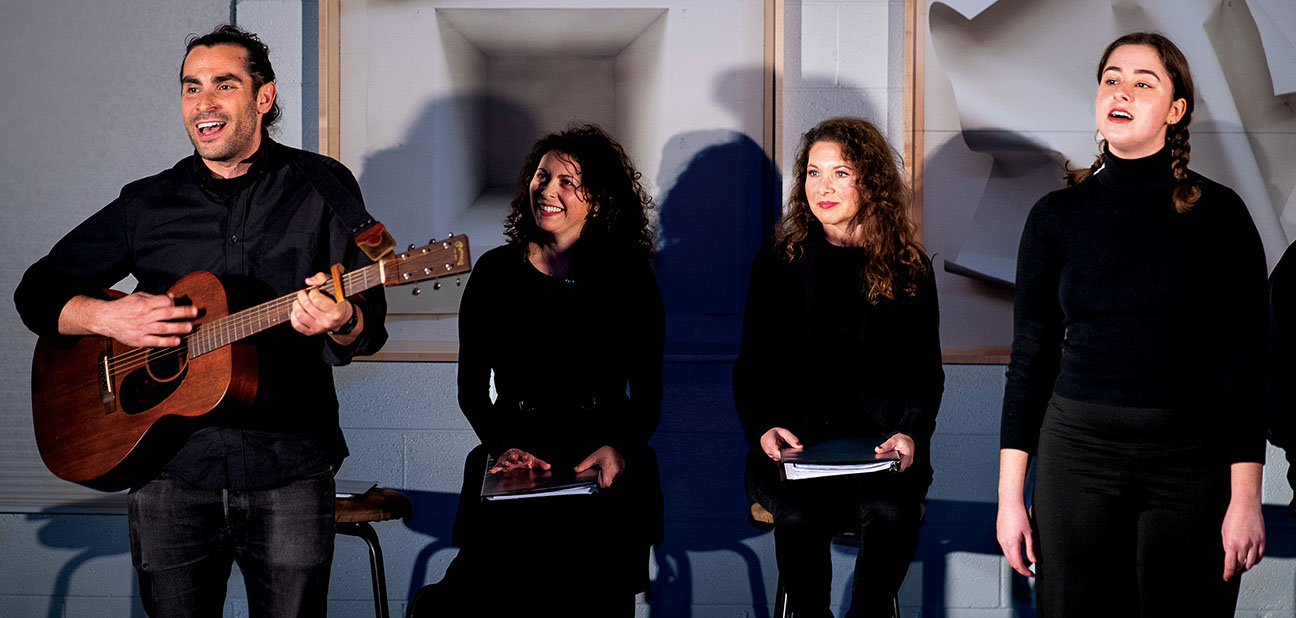

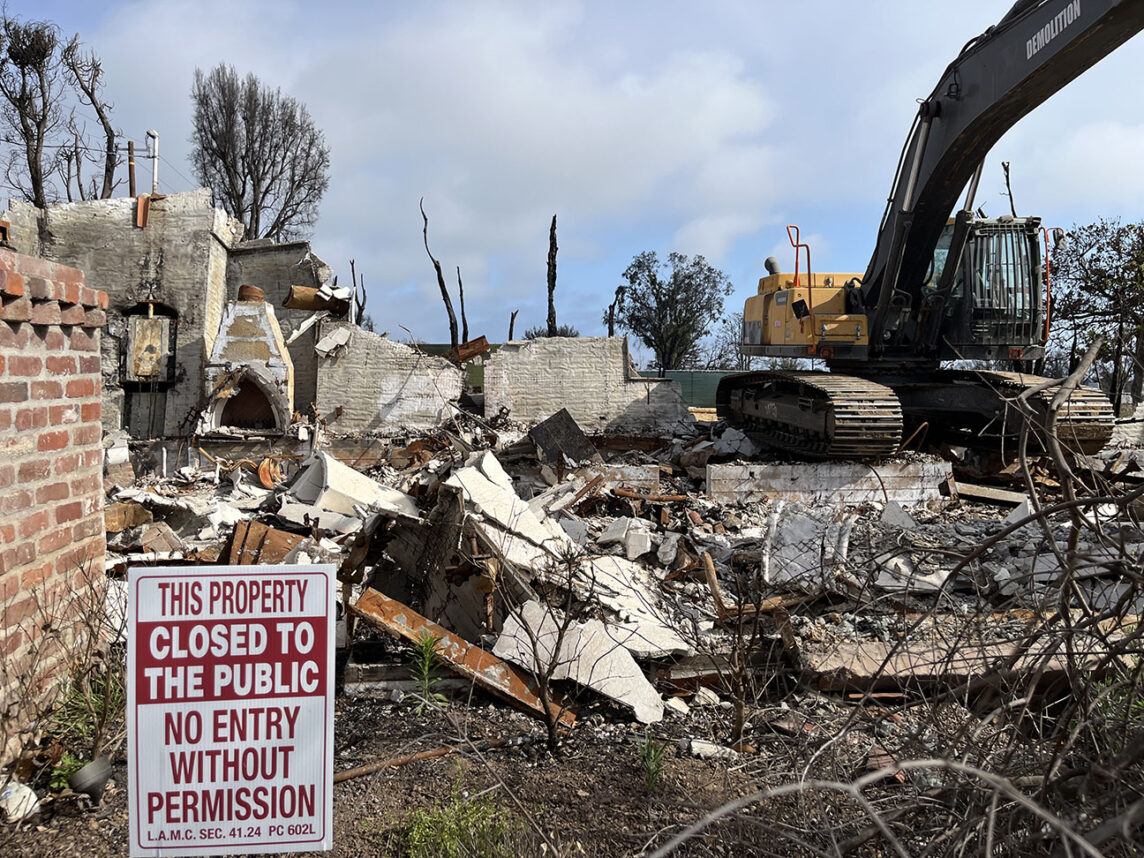

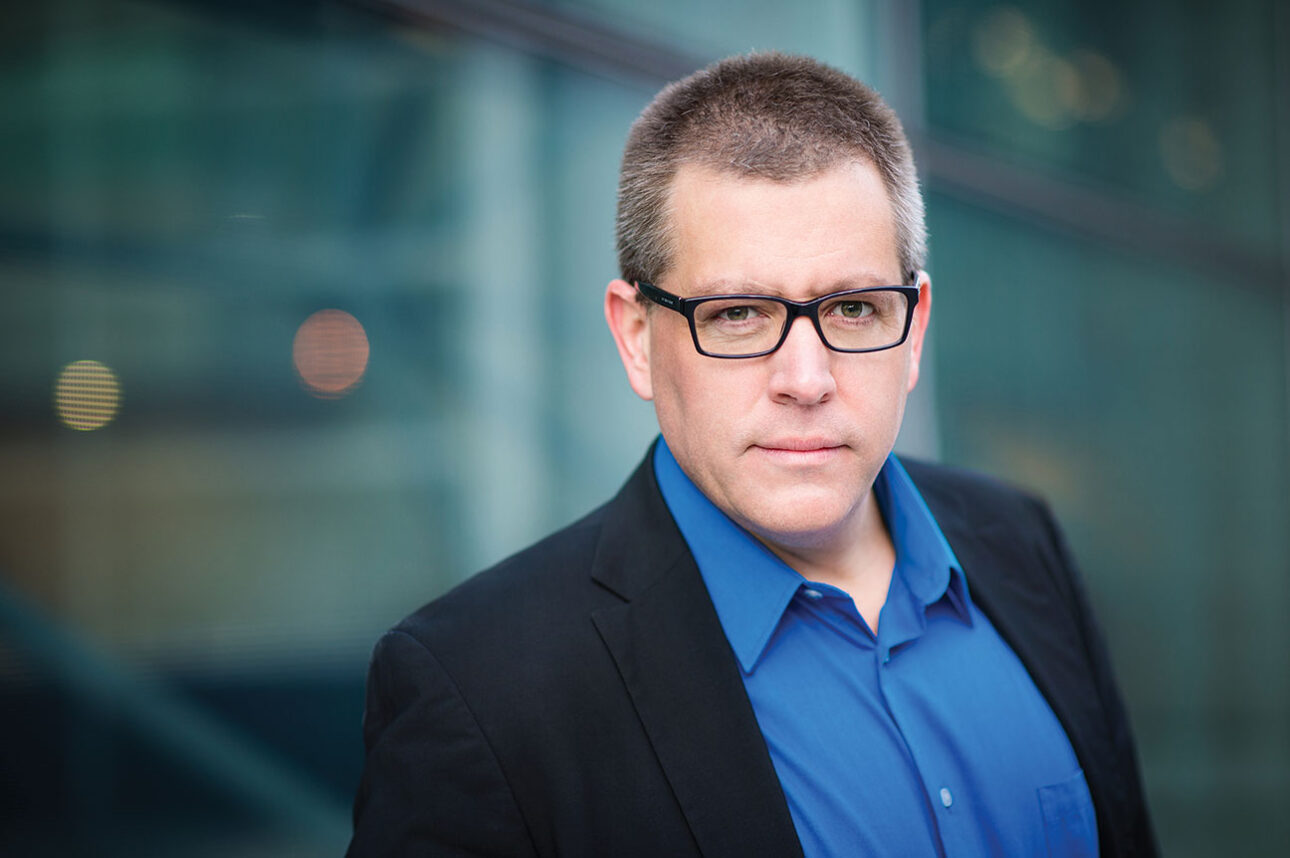


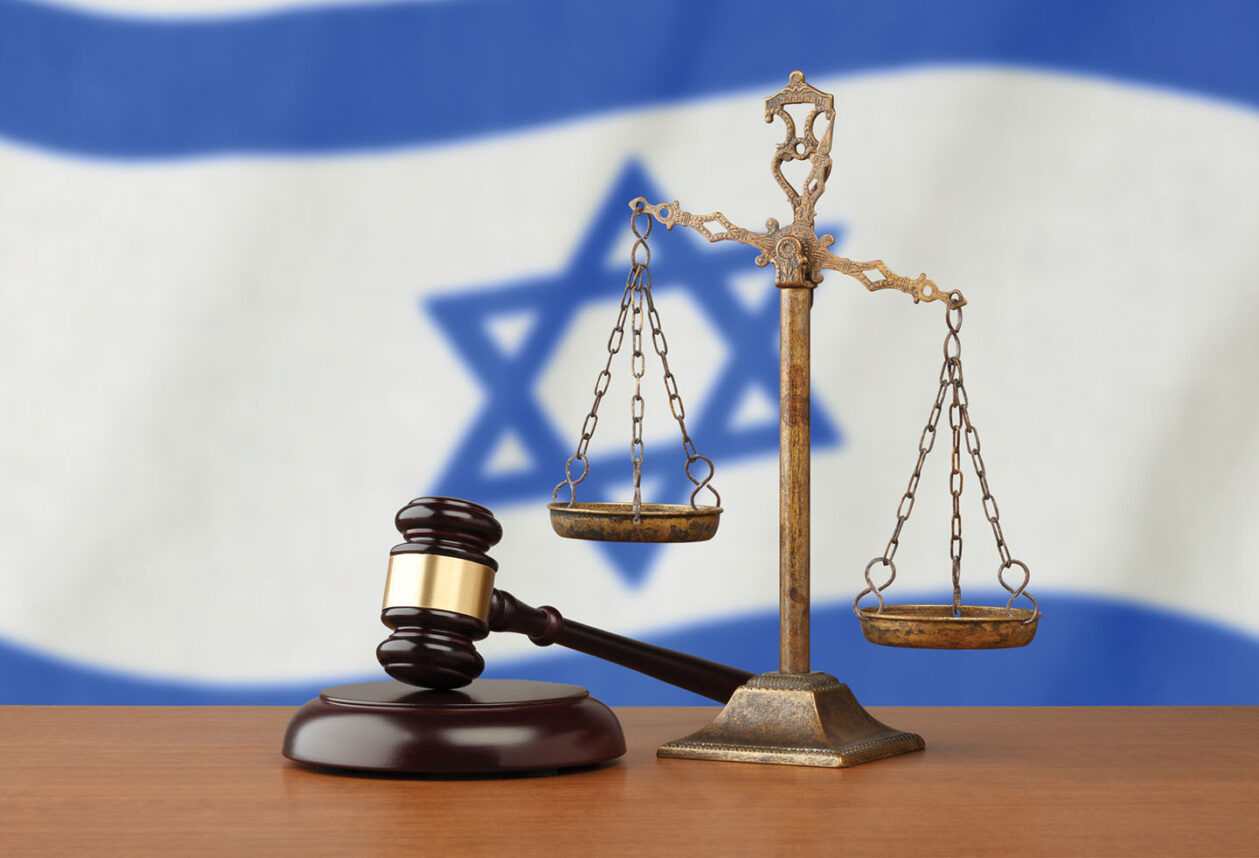
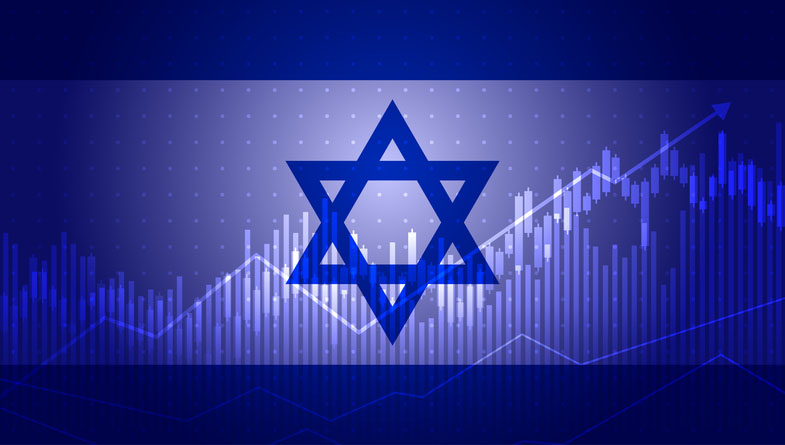
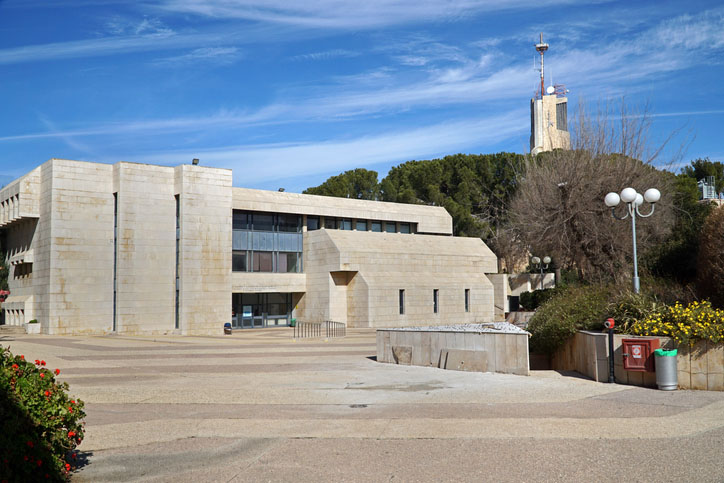


 More news and opinions than at a Shabbat dinner, right in your inbox.
More news and opinions than at a Shabbat dinner, right in your inbox.